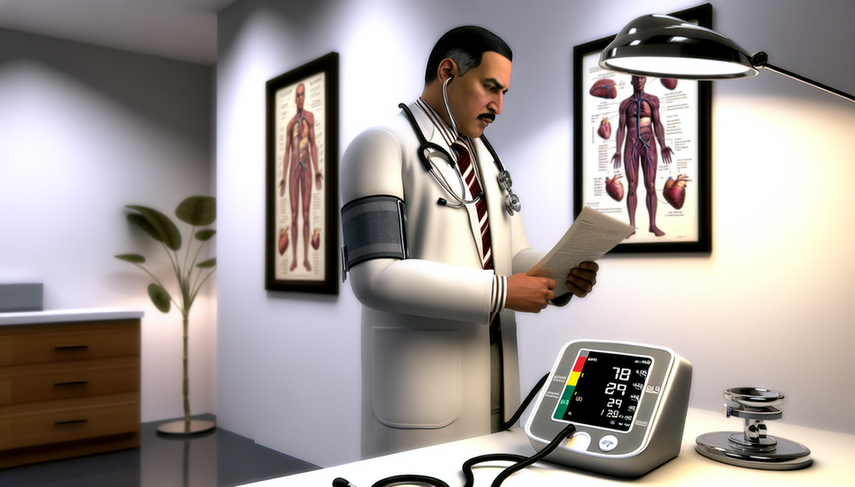Hypertension Diagnosis: Clinical Algorithm and Essential Tests for Blood Pressure Measurement and ABPM

Hypertension is one of the most prevalent medical conditions worldwide, and accurate hypertension diagnosis is crucial for preventing cardiovascular complications. The process of diagnosing hypertension involves a systematic approach that combines blood pressure measurement (BP), ambulatory blood pressure monitoring (ABPM), and complementary tests such as ECG to assess the presence of secondary hypertension or target organ damage.
Clinical Algorithm for Hypertension Diagnosis
The diagnosis of hypertension begins with precise BP measurement in the office. It is essential to follow established guidelines to ensure the accuracy of readings, considering factors such as patient position and appropriate cuff size. The importance of accurate blood pressure measurement cannot be underestimated, as errors at this stage can lead to incorrect diagnoses.
Ambulatory blood pressure monitoring (ABPM) is a valuable tool for confirming the diagnosis of hypertension, especially in cases of white coat hypertension or masked hypertension. ABPM provides a detailed profile of the patient's BP over a 24-hour period, allowing for the identification of abnormal patterns that may not be detected in the office.
Additionally, the ECG is a basic test used to evaluate the impact of hypertension on the heart. Changes in the ECG may indicate left ventricular hypertrophy or ischemia, suggesting the need for more aggressive hypertension management. Recent studies have demonstrated the utility of machine learning algorithms to improve diagnostic accuracy in complex cardiovascular conditions.
Conclusions
The diagnosis of hypertension requires a comprehensive approach that combines precise BP measurement, ambulatory monitoring, and complementary tests such as the ECG. Implementing a well-structured clinical algorithm can significantly enhance diagnostic accuracy and guide appropriate treatment. Early identification and effective management of hypertension are essential to reduce the risk of long-term cardiovascular complications.
Referencias
- [1] The development of a blood pressure simulator in KRISS
- [2] Predicting angiographic coronary artery disease using machine learning and high-frequency QRS
- [3] Update on endocrine hypertension
Created 2/1/2025
